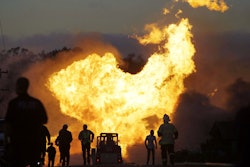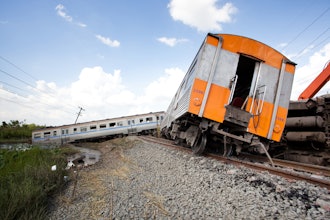Multiplying a batch of chemicals can be tricky business. In fact, Harry Elston, owner of Midwest Chemical Safety, says understanding the “management of change” is one of the key issues facing the industry.
Throughout his career, Elston has seen companies come close to making potentially disastrous mistakes when scaling up their process. Here’s one real-life situation that illustrates the challenge.
The scenario: A small, contract pharmaceutical manufacturer that makes supplements just got a big order. The recipe for the company’s synthesis involves the use of chromic acid as an oxidizing agent. Their reaction setup uses a 600-gallon reactor, but they typically make about 150 gallons of the chemical at a time. The reaction generates heat and some gaseous products in the process.
They just got an order for 450 gallons of the synthesis.
How can they scale their usual 150-gallon batch up?
A) Simply triple their usual 150-gallon reaction batch. The reactor is big enough to hold the needed quantity.
B) Check the pressure relief system to determine how much they can multiply the batch by without over-pressurizing the system.
C) Fill the 600-gallon reactor completely so that there is extra synthesis for later use.
SCROLL DOWN TO SEE THE BEST ANSWER
B) Check the pressure relief system to determine how much they can multiply the batch by without over-pressurizing the system.
“A scale up is a process change. It forces you to step back and evaluate the entire system,” Elston explains.
Elston was once working with a contract manufacturer that nearly made the fatal mistake of thinking they could simply multiply the batch without looking at the entire system. Because Elston encouraged the chemists to consider how they would remove the heat produced by the reaction sufficiently, the company avoided a potential runaway reaction disaster.
“Inspection of the reactor’s equipment, including the pressure relief system, found that they would not be able to prevent a runaway scenario because they would not be able to safely remove the heat produced by the reaction. Also, their pressure relief system was insufficient to prevent a potential reaction vessel failure,” Elston explains. “They wisely chose to not proceed with the ‘triple batch’ and instead performed the reactions at a scale of 1.5 times the original – an amount where they could control the heat and gas generation without over-burdening their safety system.”
Have a safety horror story or near-miss experience to share? Reach out to [email protected].





















